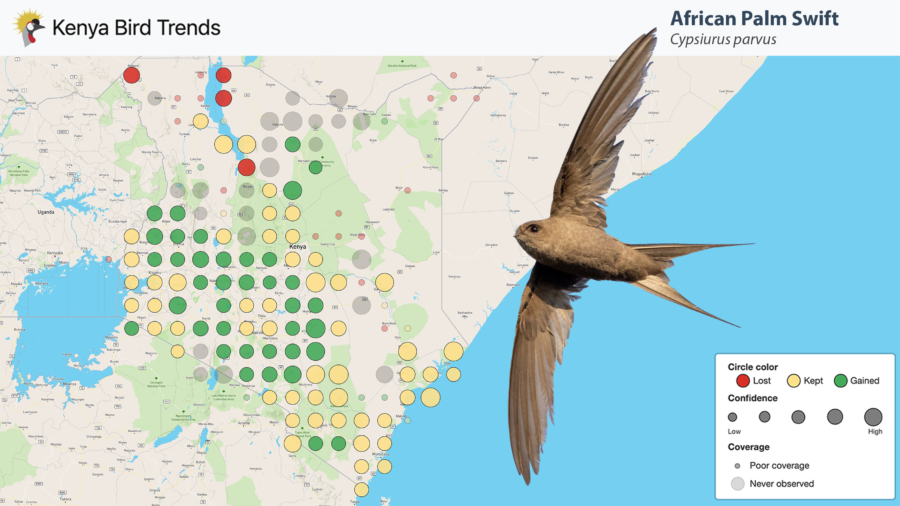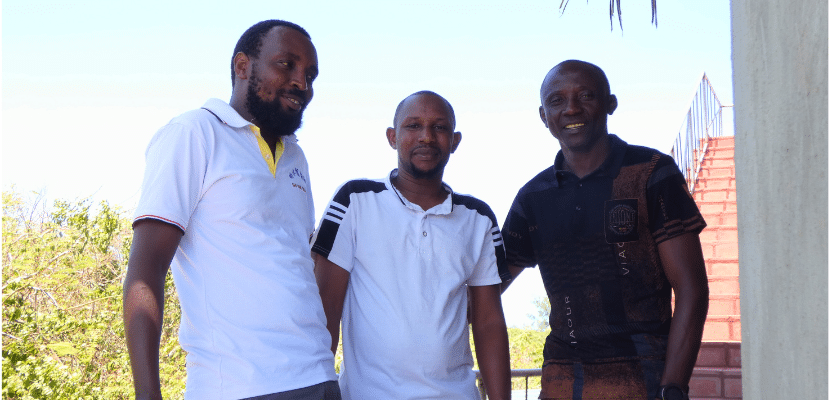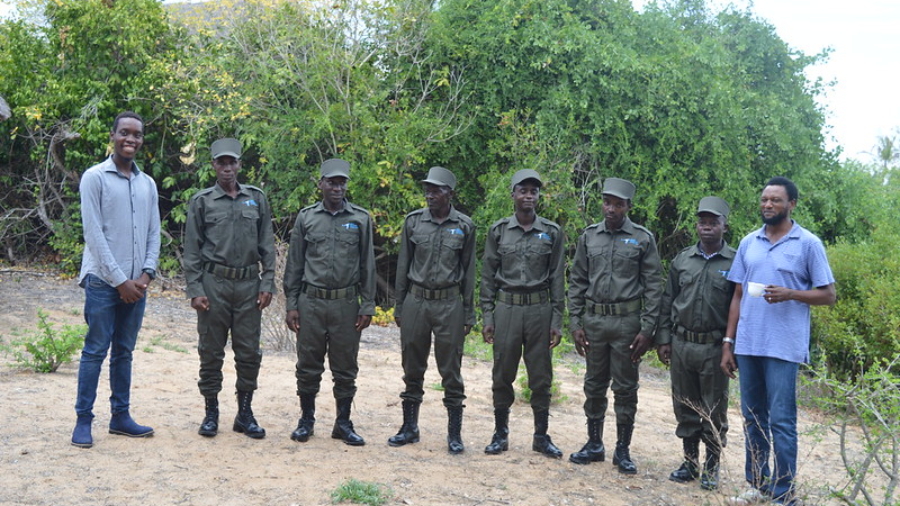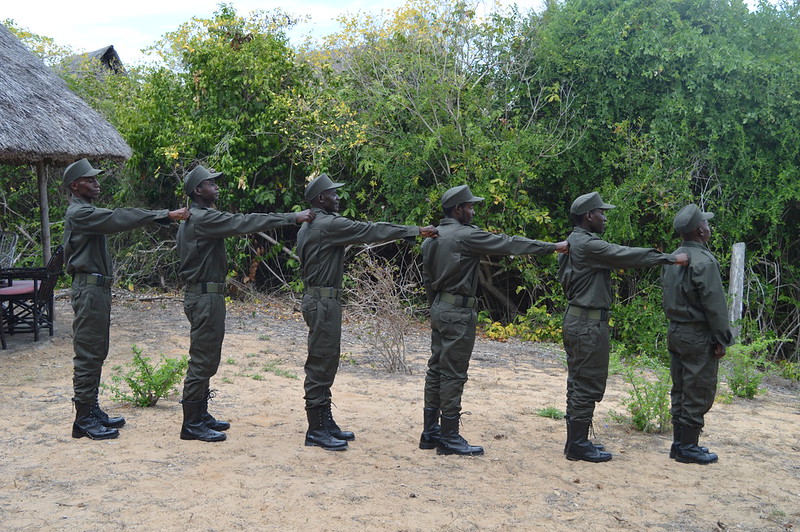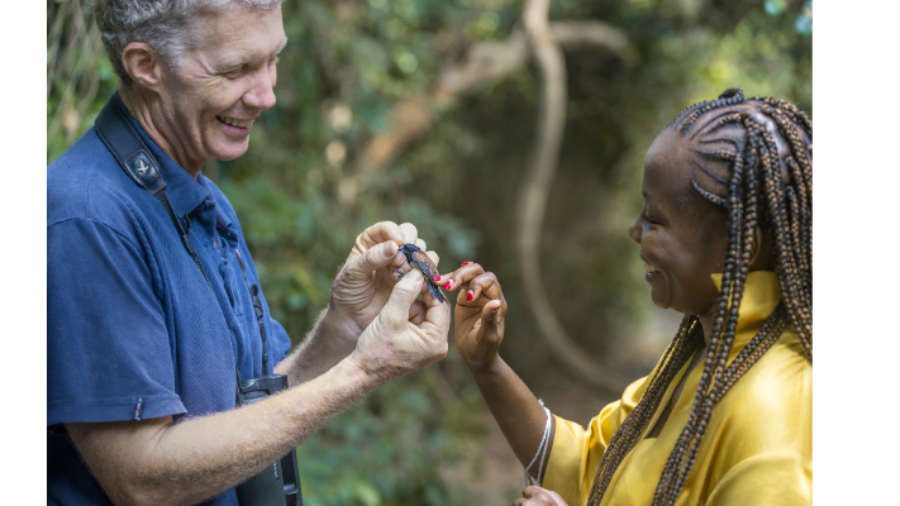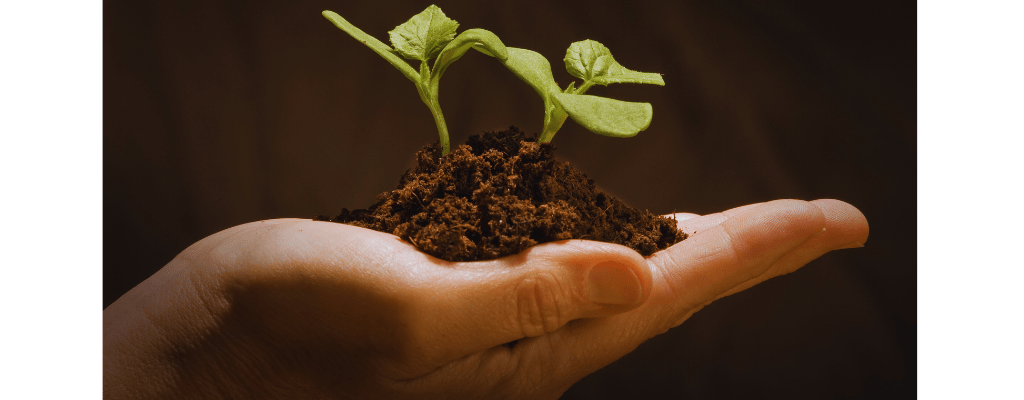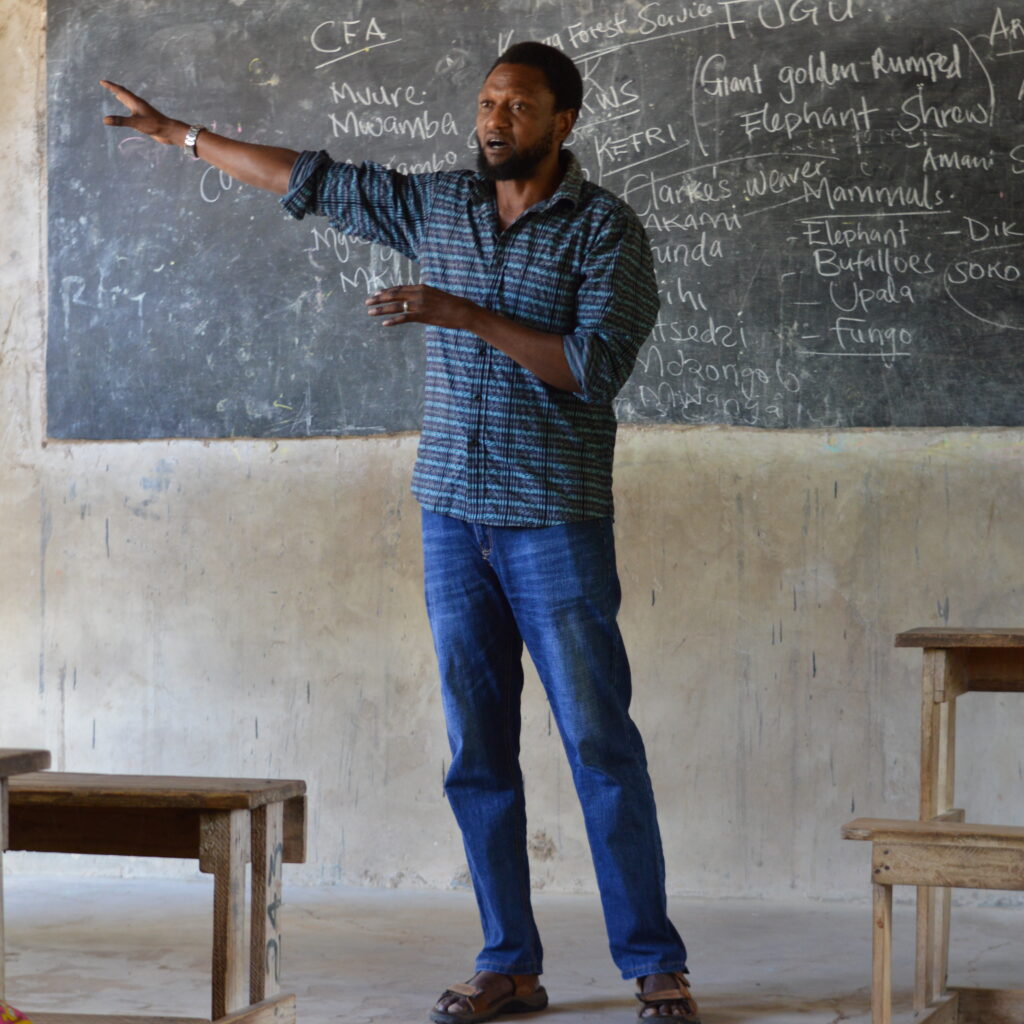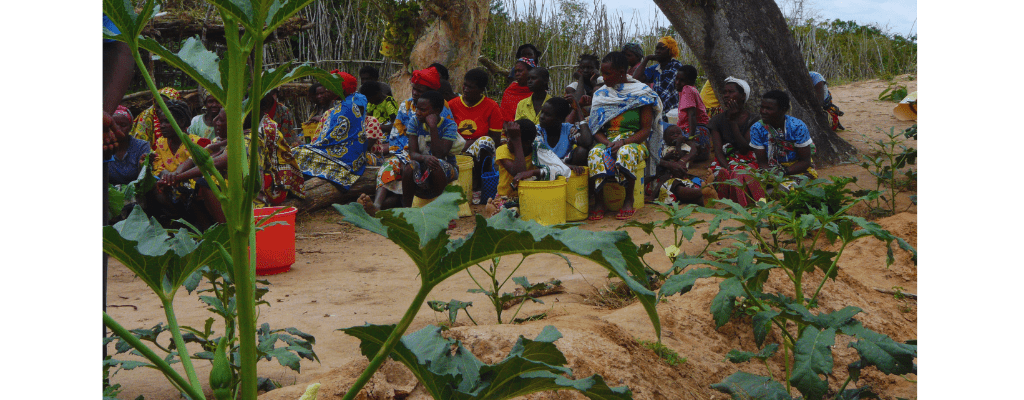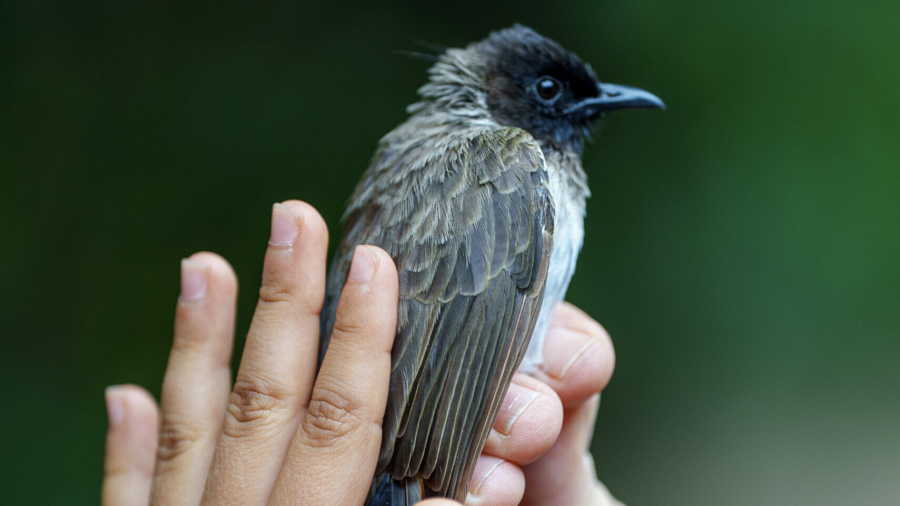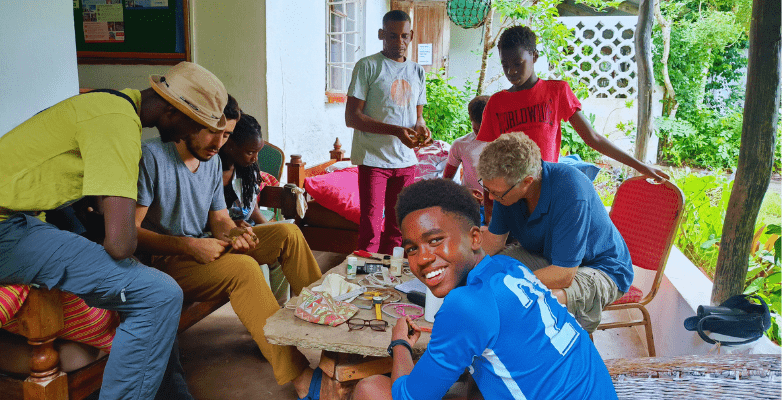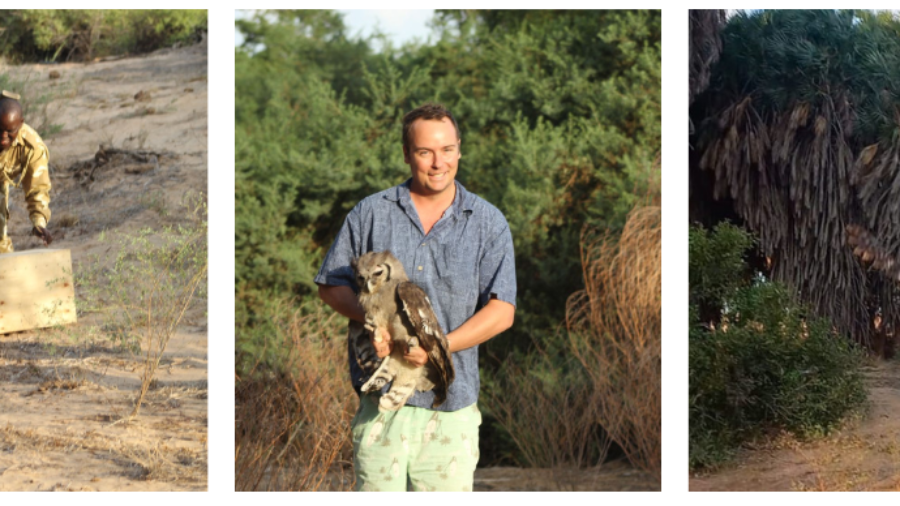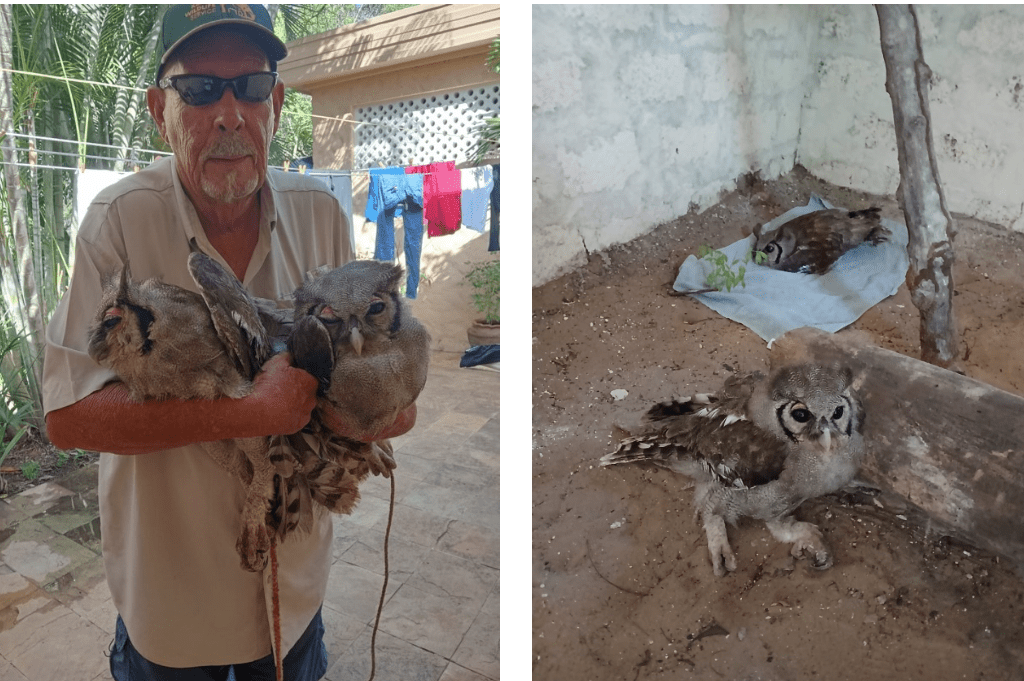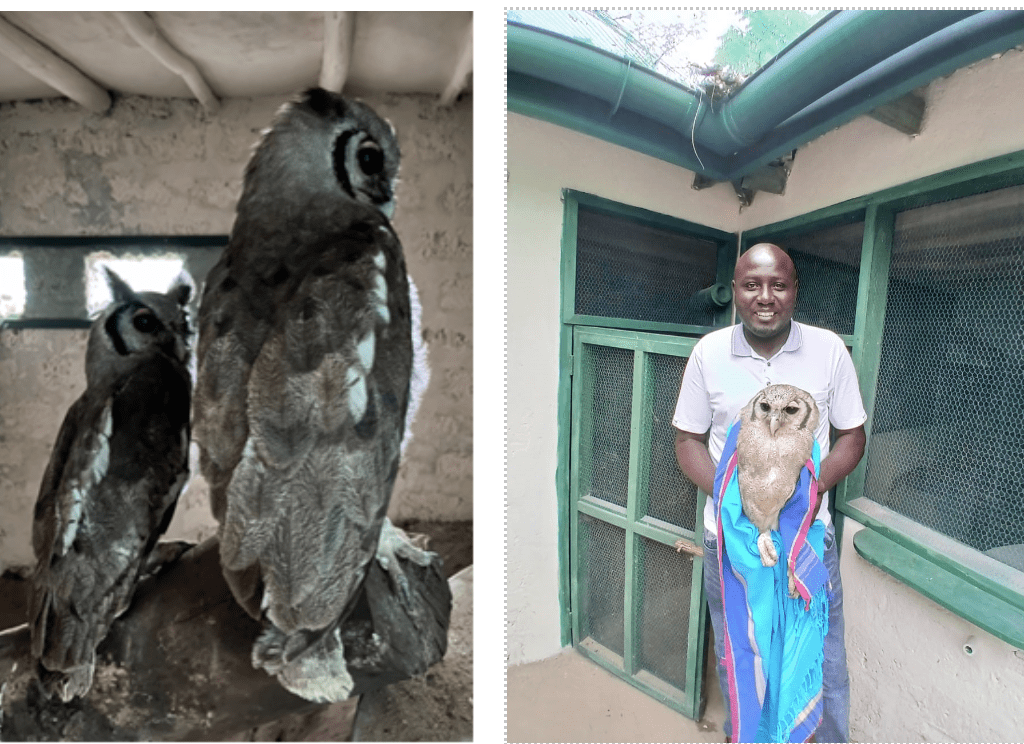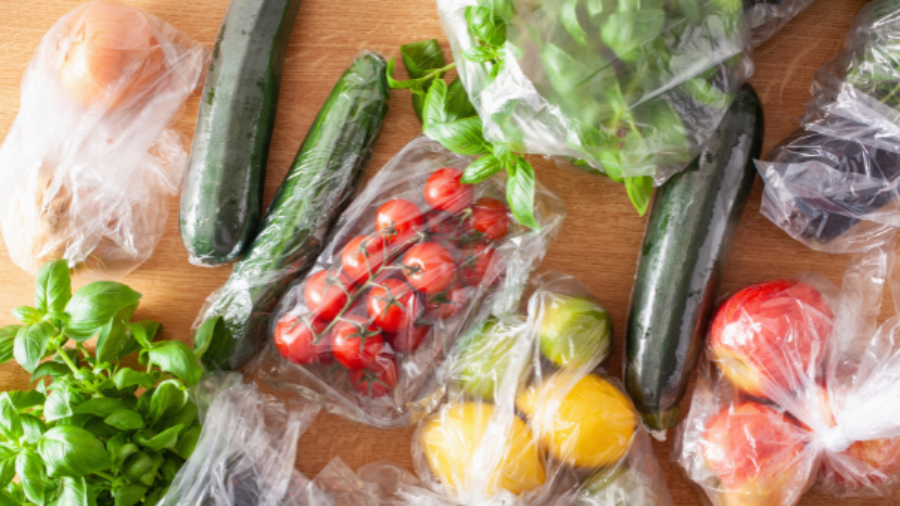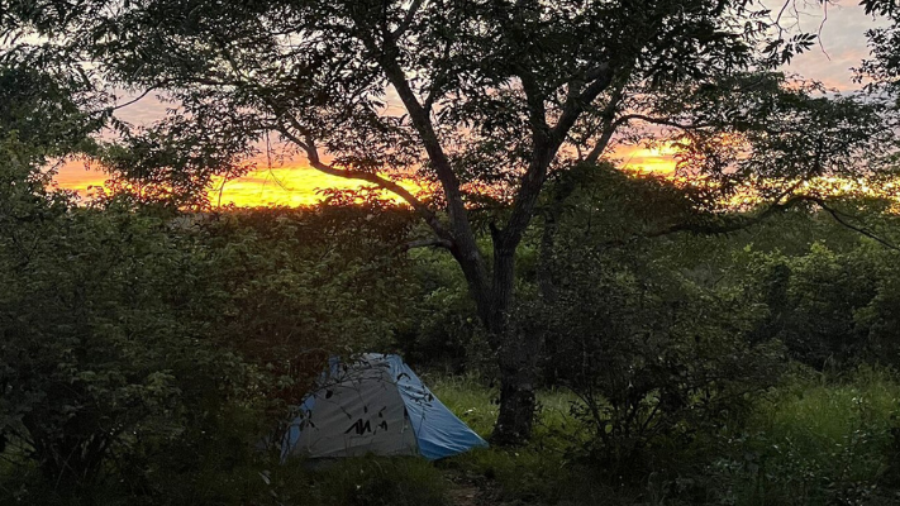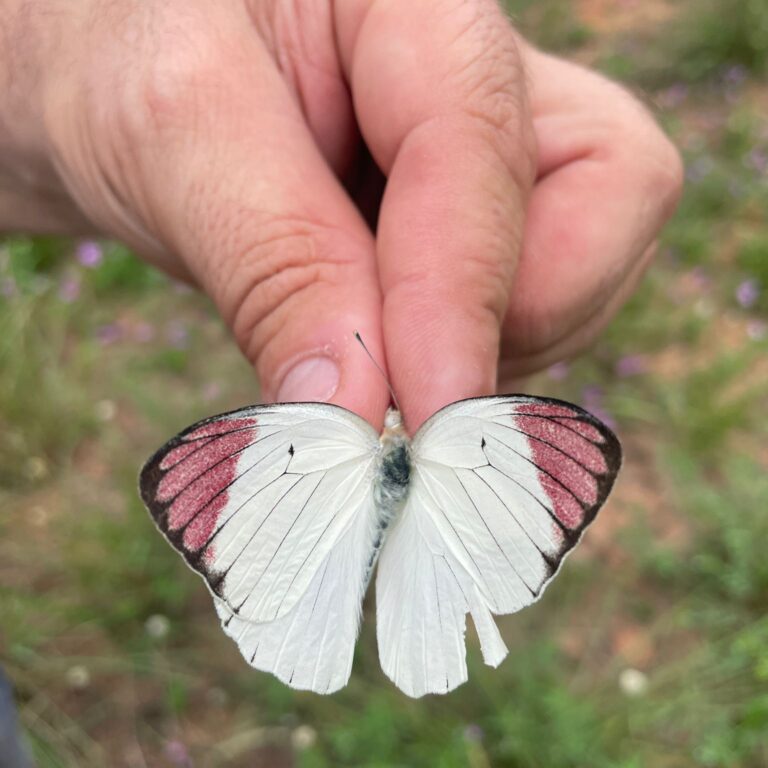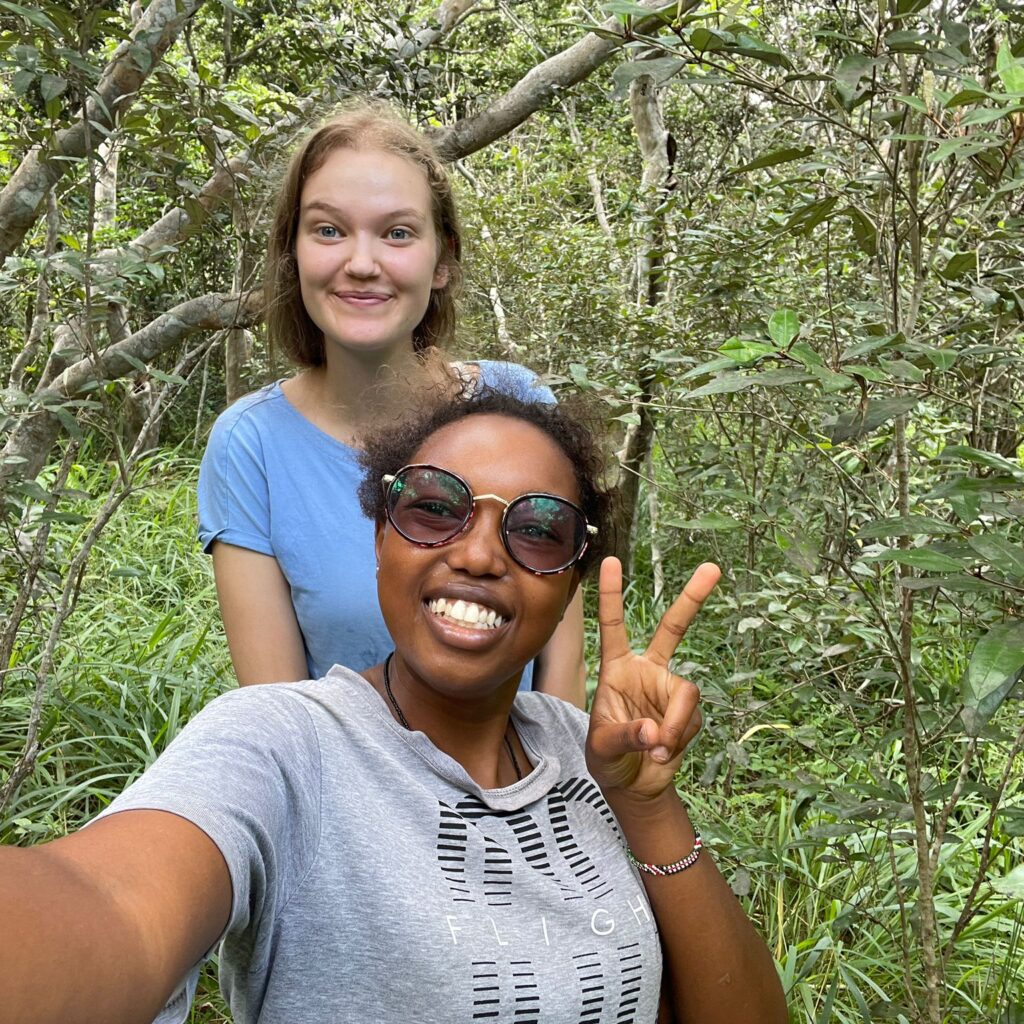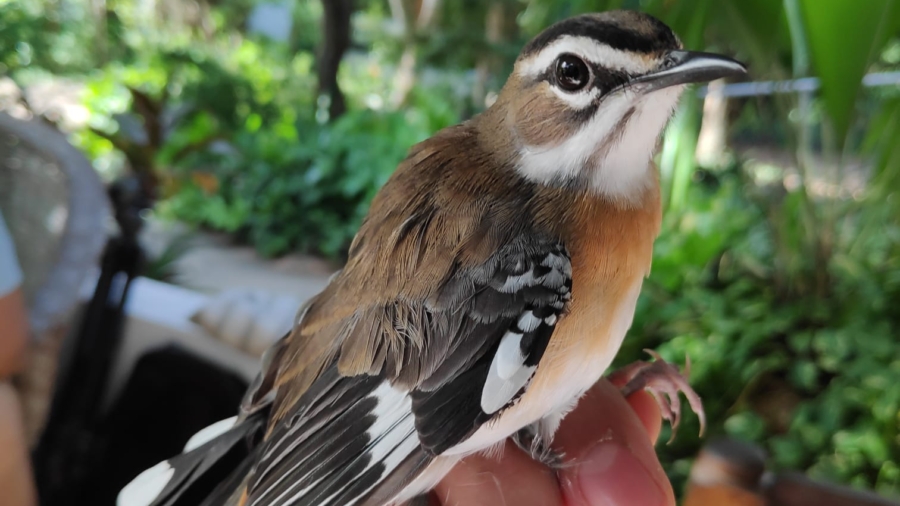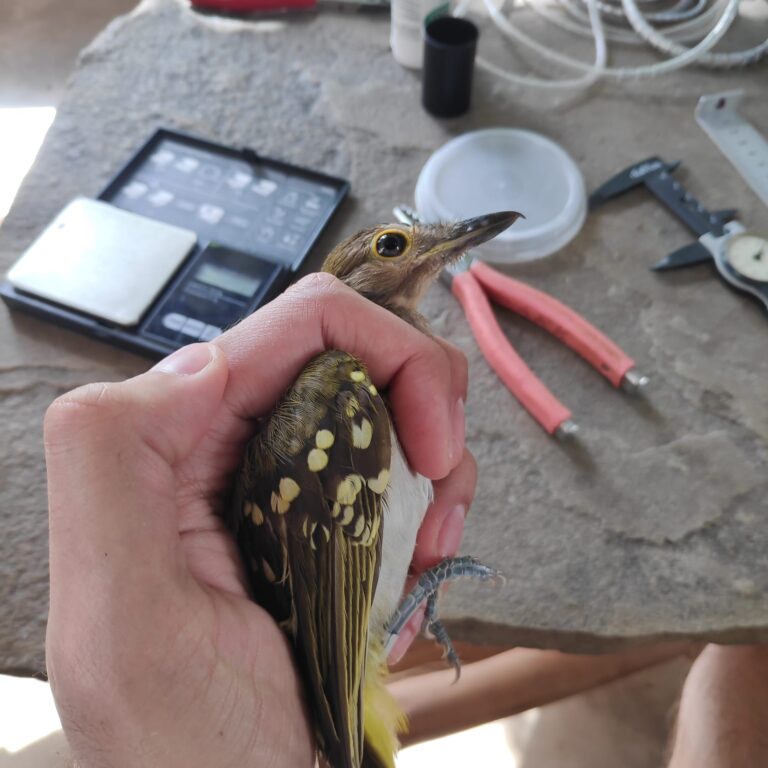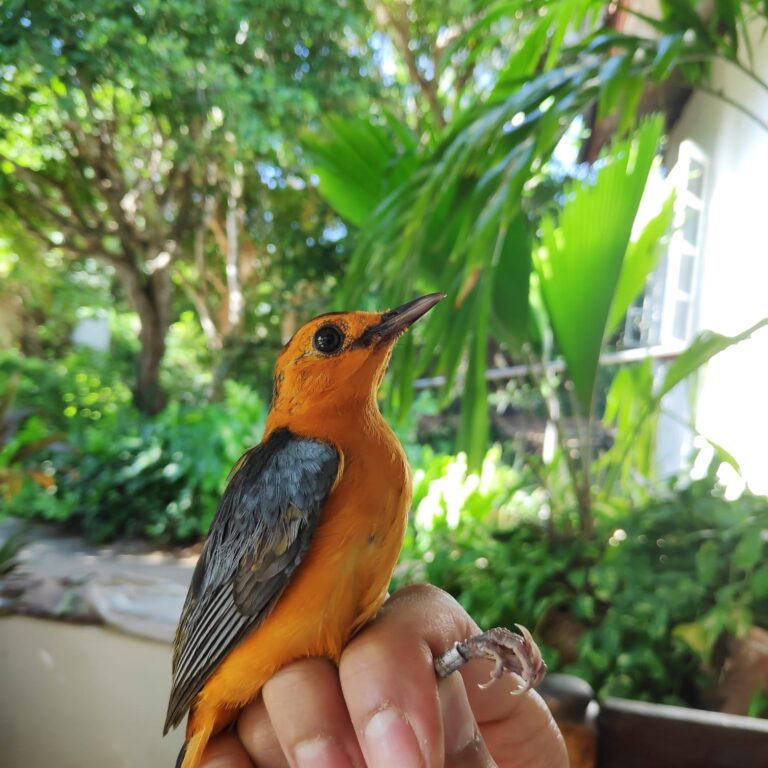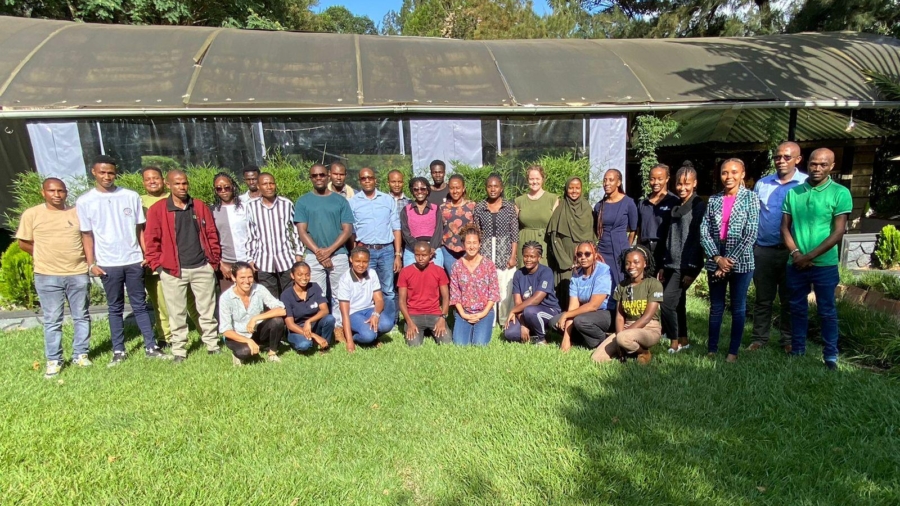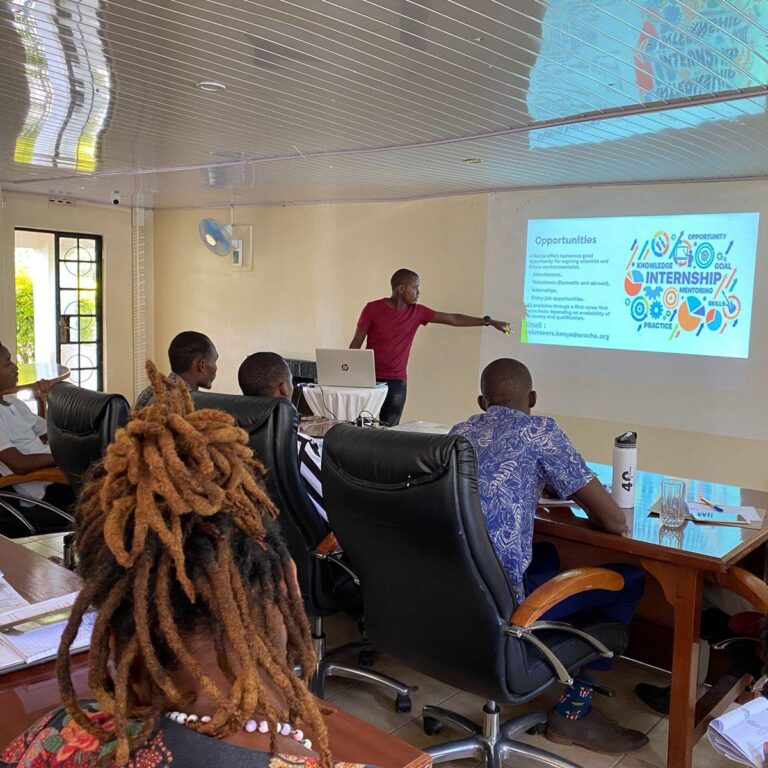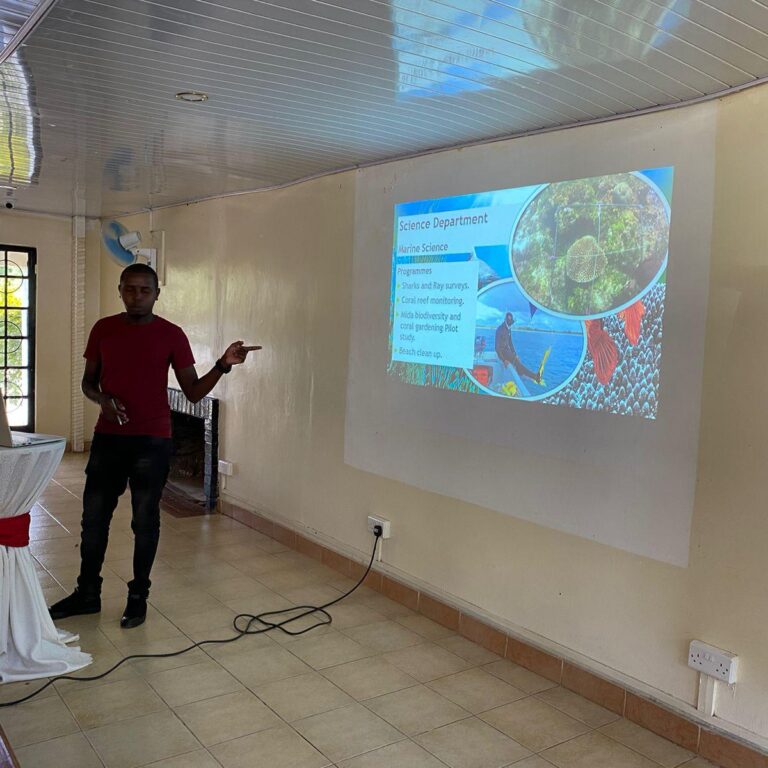12 years ago, the Kenya Bird Map set out to map the distribution and status of all Kenyan birds to compare data with the historical atlas data collected in the 1970s. Today, this vision has come true with the Kenya Bird Trends, a new platform visualizing changes in bird distribution patterns across the last 50 years.
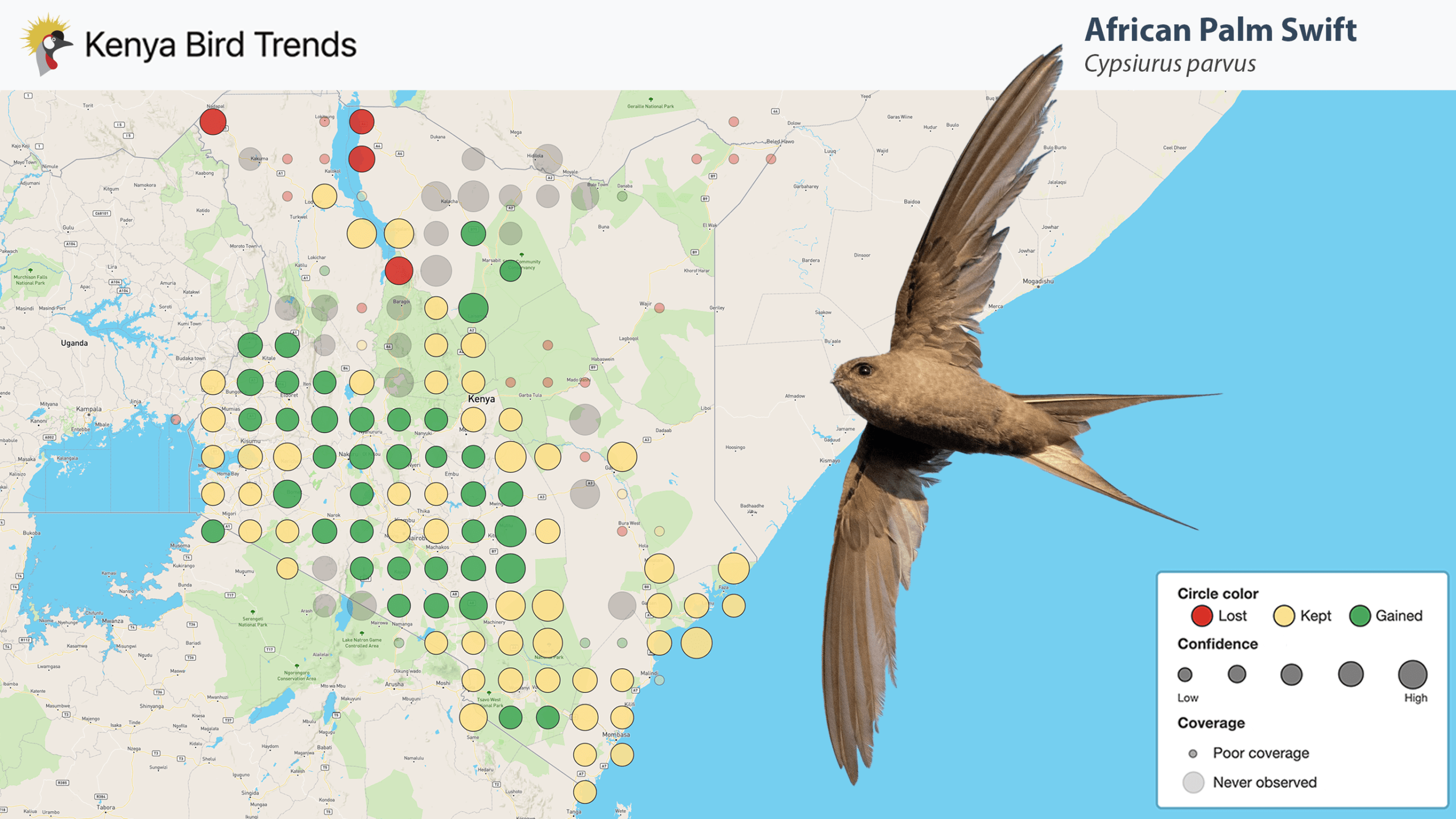
Why study changes in bird distribution?
A lot has changed in Kenya since 1970: the total population quintupled and is increasingly urban, temperatures have warmed, forest cover has dropped from 10 to less than 2%, grasslands and wetlands have shrunk while agriculture has spread. All these changes directly modify the environment and the biodiversity living in it – but how?
Assessing how biodiversity has evolved in the last 50 years is a complex task: ranked among the top 10 most biodiverse nations in the world, Kenya counts over 35 000 living species, spread across thousands of kilometers!
Birds are known to be good indicators of the health of an ecosystem at large as they rely on a diversity of habitats and food, so studying how birds have changed can be a first step to understand how and to what extent biodiversity has been impacted.
How did we do it?
Kenya can boast one of the earliest and most comprehensive bird atlases on the continent. Collected between 1970 and 1984 by over 200 volunteers, this national scale endeavor mapped all 1 088 bird species in Kenya. This work provides a baseline against which to measure how birds are doing today.
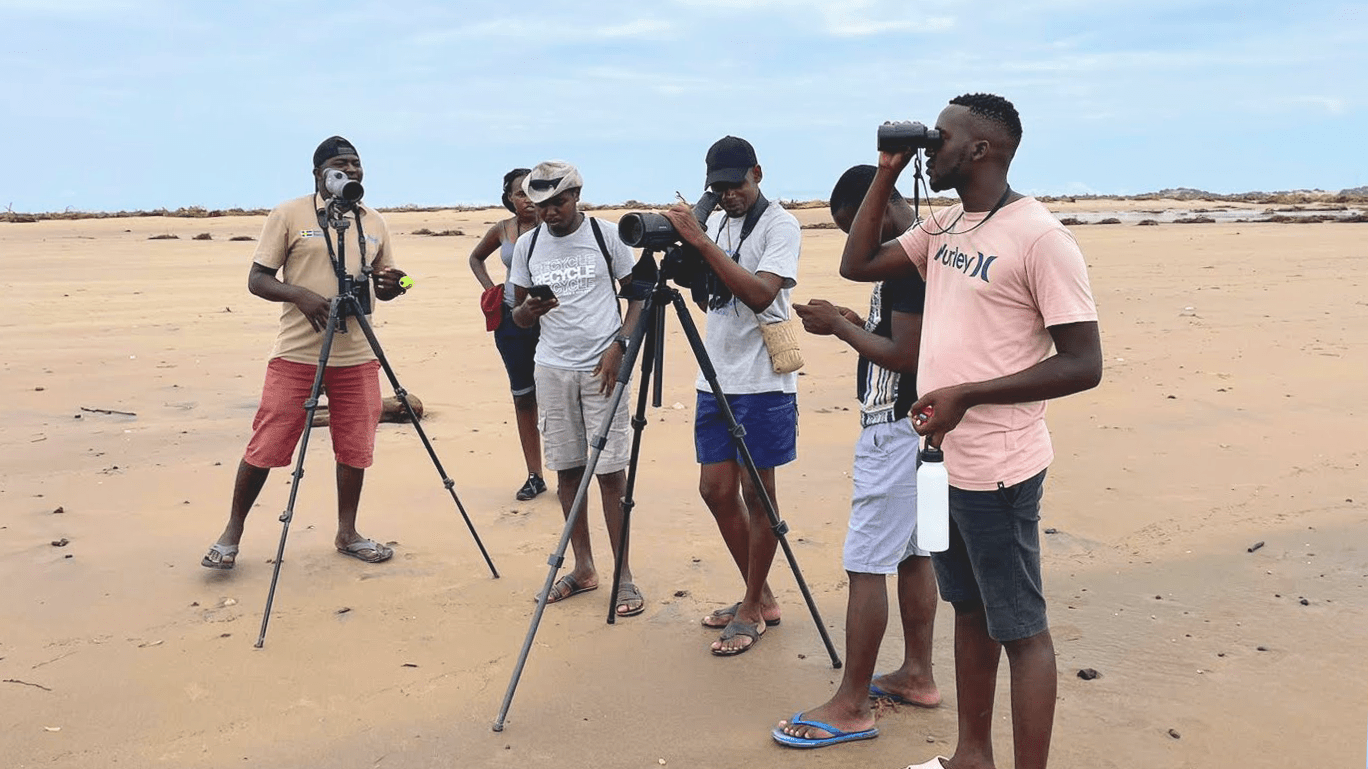
More recently, thousands of citizen scientists are sharing bird observations on a daily basis – centralized on two main platforms: the Kenya Bird Map and eBird. Thanks to all these volunteers, we now have access to a wealth of information which we can use to compare with the historical atlas and draw out the changes that occurred in the past half-century: that’s the power of citizen science!
For the first time, all this data can be visualized by anyone in an easy, accessible format on the Kenya Bird Trends platform. You can browse data in various ways – either focusing on a specific species and visualizing how its distribution has changed on a map, or zooming in to a specific area to see which species have appeared, remained, and disappeared since 1970. Watch the short video below to learn about the platform:
What did we find?
Initial analyses have already highlighted several significant trends: all six vulture species, as well as the iconic Bateleur, have experienced drastic losses in their range. The White-headed Vulture’s range tragically shrunk by almost half of its historical range. Conservation measures are already in place to protect and reintroduce these vitally important birds for our ecosystem, chiefly led by the Kenya Bird of Prey Trust.
Long-distance migrants also did not fare well, and typically lost more range than resident birds (that remain in the country throughout the year). This sadly echoes the reported losses of migrant birds globally, so does not come as a surprise. Indeed, migrant birds tend to be more vulnerable to change as they rely on a lot of different habitats to refuel during their migration journey. Strategically positioned on major migratory flyways, Kenya has an important role to play in providing healthy habitats for the hundreds of thousands of migrant birds that fly over the country twice a year.

Conversely, introduced species, which typically thrive on urban habitats, have vastly expanded – which comes as little surprise given how much cities have expanded in the last decades. This, however, is not always good news, as is the case of the House Crow, a species introduced to the coast of Kenya in the 1970s and now disturbing both local fauna as well as tourism and agriculture industries. This is why A Rocha Kenya is currently leading a crow control campaign on the coast of Kenya – learn more here.
Over to you!
This platform can be used to directly inform conservation measures across the country, showcasing that data you submit to citizen science platforms has a real impact on protecting birds today! Want to join the Kenya Bird Map initiative? Register here today.
Already a birder/citizen scientist?
- Use the platform to find out which bird species to look for in your area: Go to Grid view, download a list for your area, and be particularly attentive to the species marked as “Lost” – you may help correct a trend!
- Go birding in areas where we’re still missing data! This is all areas with no circles on the map.
Want to learn more? Check the dedicated scientific publication!
This project was brought to life thanks to a collaboration between A Rocha Kenya, the Tropical Biology Association, the National Museums of Kenya, and the Kenya Bird of Prey Trust, with financial support from the UK Government through Darwin Initiative.
